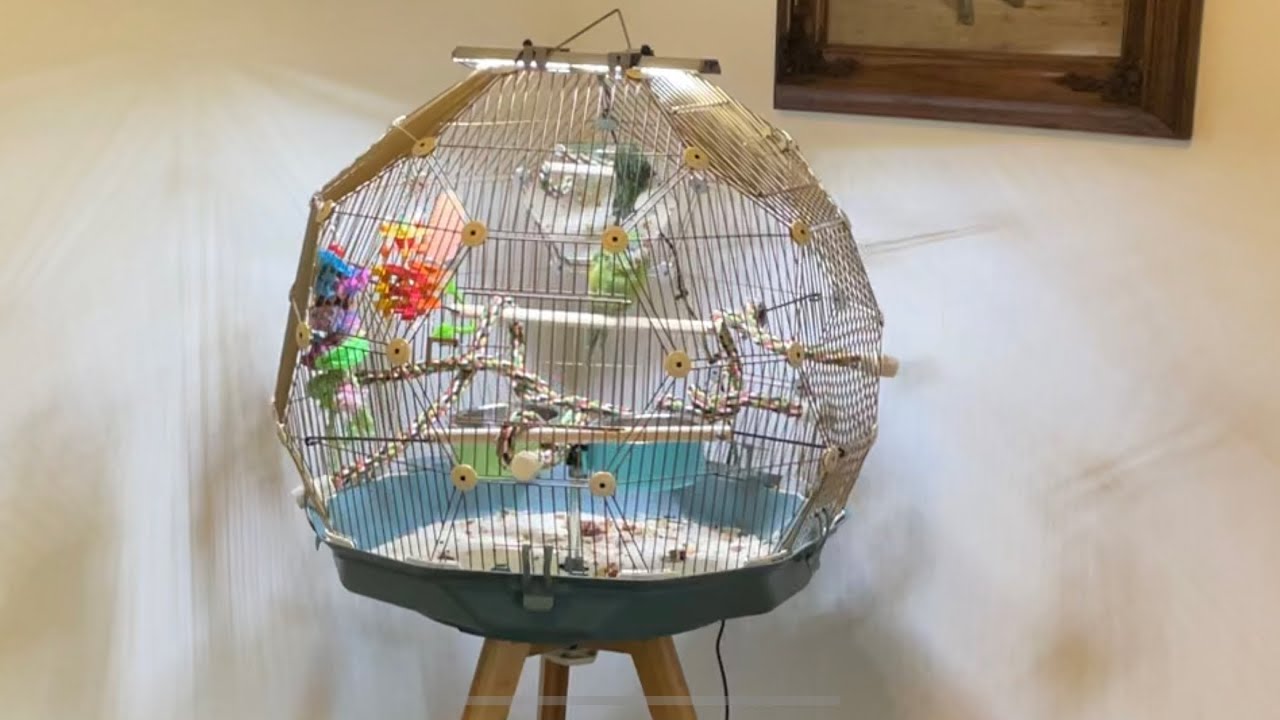Animal Crackers and PETA’s Impact on Packaging Change
Animal crackers have long held a cherished place in our childhood memories. For well over a century, these delightful cookies have been a fixture in pantries and lunchboxes, offering kids a little taste of fun with their animal-shaped designs. But behind the whimsical designs lies a history of representation that has recently sparked discourse about animal welfare, thanks to organizations like PETA (People for the Ethical Treatment of Animals).
This blog post explores the iconic status of animal crackers, the historic collaboration between PETA and Nabisco that changed their packaging, and what this means for parents, animal lovers, and health-conscious consumers today.
What Are Animal Crackers?
Animal crackers are a unique blend of food and nostalgia. These lightly sweetened cookies, baked into the shapes of various animals, have been marketed primarily for children since their debut in the United States in the late 1800s. What differentiates these cookies from regular crackers is their whimsical design, and for many, the fun is as much about identifying the cute animal shapes as it is about eating them.
The most iconic brand associated with animal crackers is undoubtedly Nabisco’s Barnum’s Animal Crackers. First introduced in the early 1900s, they became famous not only for their delicious formula but also for their circus-themed packaging. This packaging—featuring animals in cages—was an artistic nod to the traveling circuses popular at the time.
Why Did PETA Target Animal Crackers?
While Barnum’s Animal Crackers might seem harmless, the imagery of animals in cages eventually drew criticism, particularly as … Read More




